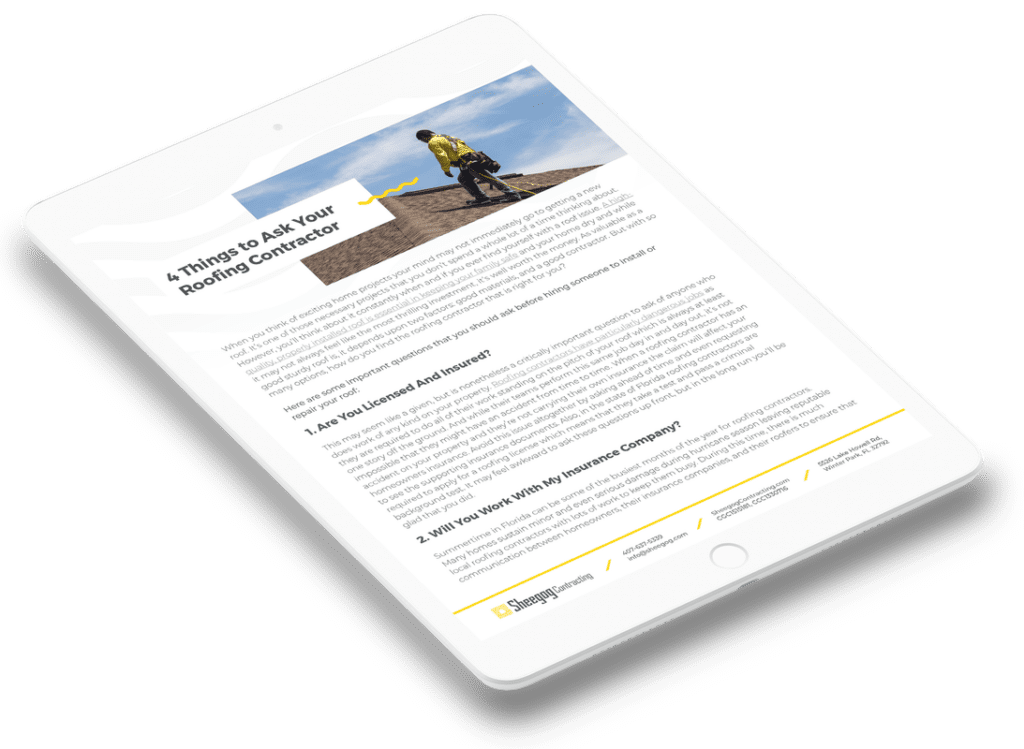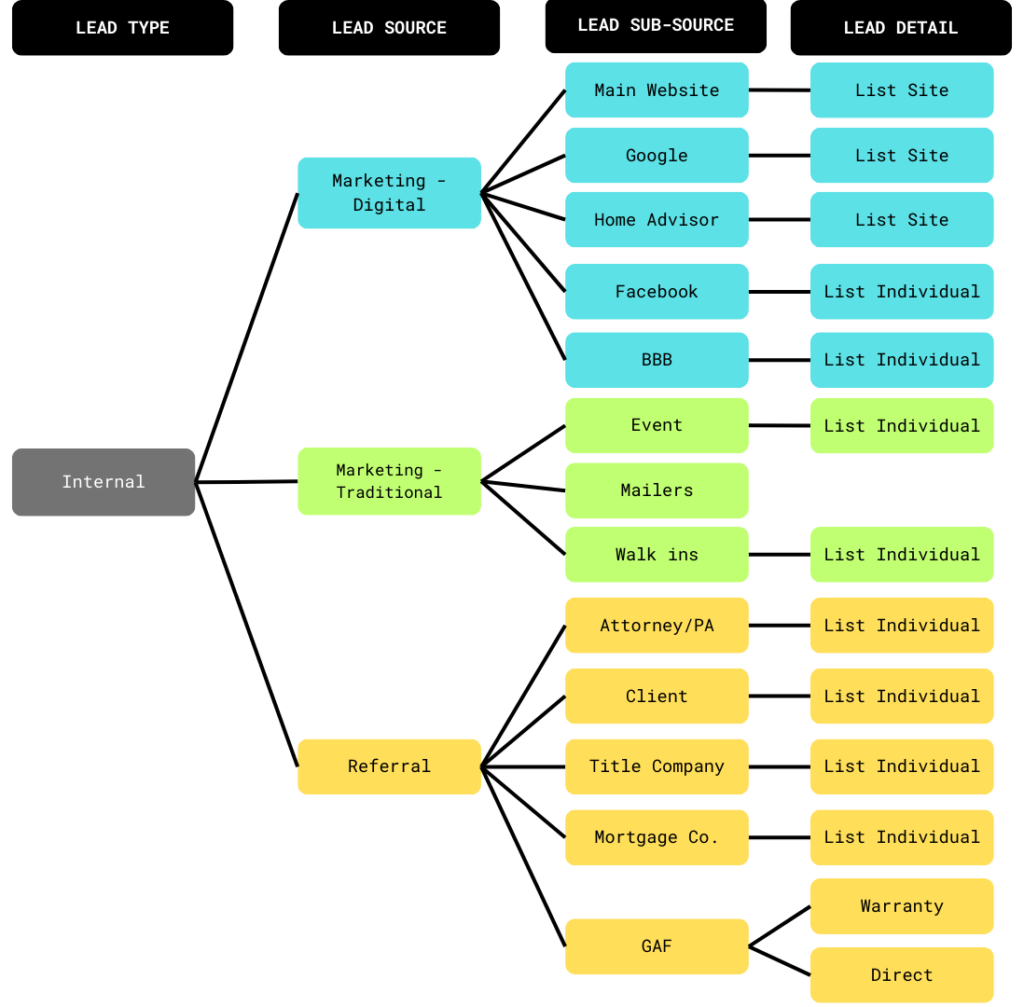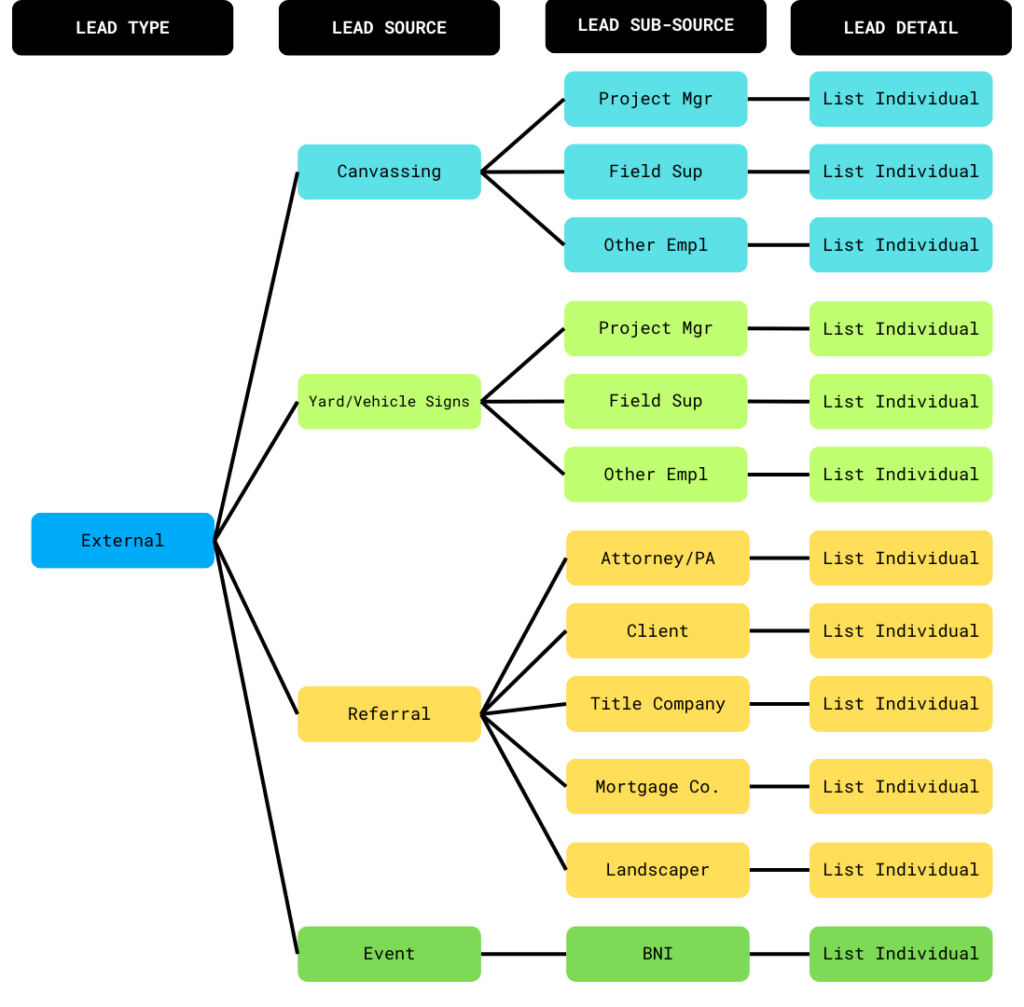From the outside, it may seem the cost of insurance products can rise for any reason or no reason at all. But the truth is, there’s an underlying logic to how it works. This is especially true of homeowner’s insurance. Florida insurers are always working behind the scenes to manage their risk.
The business model of any insurer is based on accumulating the greatest number of policies and paying as little as possible for claims. While changes in price can seem arbitrary, they’re usually based on very complicated analyses of the risk factors that would make a claim more likely.
For instance, Central Florida residents have a lower likelihood of sustaining severe storm damage than people who live on the coast. Thus, unless you’re in a low-lying area that requires a specialized flood insurance policy, you probably pay less on average to insure your home than you would for a comparable home out in Fort Lauderdale or Miami.
The sad fact of the matter, though, is that homeowner’s insurance costs tend to climb every single year without fail. Many Central Florida homeowners have noticed that the rate of increase is higher over the last year than it was in previous years. Naturally, they wonder what’s going on.
Let’s delve deeper into the facts driving this change – and what you can do about it.
Central Florida Homeowners Balk at Skyrocketing Insurance Prices – What’s Behind It?
Whether you live in DeLand, DeBary, Orange City, Deltona, or anywhere else in the area, you’ve likely noticed a sharp uptick in the cost of your homeowner’s insurance. An increase of 1% to 2% every year isn’t unusual, but homeowners have reported jumps that are far into the double digits.
At a time when inflation is up and wages are stagnant, this feels like just one more problem to deal with. Sure enough, inflation plays a role. As overall costs rise, so do costs associated with making your home whole after an accident or disaster. But this is only a part of the story, and a relatively small one.
The biggest issues in play have to do with the Florida insurance market itself.
Central Florida has traditionally had some protection from the steepest homeowner’s insurance rates, but that may not be true for very much longer. Here are some of the biggest drivers behind the baffling rate increases in Central Florida homeowner’s insurance:
1. Assignment of Benefits (AOB) Fraud
Florida has long been in the sights of roofing scammers. Fake roofing contractors can operate in many ways, all calculated to separate you from your money while providing nothing in return. Not too long ago, the prevalent way to do this was to accept payment upfront in cash and then disappear.
Now, however, those same scammers are targeting homeowner’s insurance benefits in Florida.
In a case like this, scammers operate by persuading homeowners to transfer the rights to an insurance claim to them. This gives the third party the right to file claims, perform repairs, and even get insurance payments in lieu of the homeowner. The homeowner, in turn, yields most rights.
Although it’s been limited by new laws and regulations, Assignment of Benefits can be used legitimately by qualified roofing contractors. They may argue that they can simplify the whole matter by dealing with the claims process directly and leaving the homeowner out of it. Unfortunately, there are downsides.
Assignment of Benefits makes it far more likely that someone associated with a business will file inflated claims. In fact, all they have to do is overestimate the value of their own services. This “extra” money is easily concealed since it never enters the homeowner’s hands. You may never even be aware of it.
Insurers have gotten much better at detecting AOB fraud over the years. However, they are frequently targeted by nuisance lawsuits from unscrupulous characters who go on the attack when their claims are not met. Even for a large, well-protected insurer, this results in tens of thousands in court costs.
It’s easy to make the argument this has nothing to do with the average Central Florida homeowner who plays by the rules and does things right. But when insurers are unable to recover their costs, they tend to raise rates on everyone in a given area. That’s a big portion of what’s happening right now.
How bad is the problem? Between 2013 and 2020, Florida property insurers paid out $15 billion in claims, but only 8% of that went to consumers. An astonishing 71% was paid to attorneys, mainly to fight cases of suspected fraud. In January of 2022, Florida homeowners paid an average of $3,600 annually for their homeowner’s insurance – double the national average.
The average Florida homeowner pays about $650 more for insurance than those in Alabama or Georgia.
In June of 2021, insurance reform legislation went into force in Florida aimed at curbing some of the worst abuses. It’s too early to know what the effect of that effort is, but it’s fair to say that insurance costs are a matter of concern just about everywhere in Florida.
2. Insurers Are Still Seeing the Results of 2017’s Hurricane Irma
Weather events from years ago continue to influence the insurance landscape in Florida. One of the most profound of these is Hurricane Irma, which took place in 2017. The hurricane and its nearly two dozen tornadoes resulted in $50 billion in damages, even more than those attributed to Hurricane Andrew.
It stands out as the most expensive natural disaster in Florida history, and its impact is still felt today.
Insurers are also alert to the possibility of other major weather events in the future. The insurance industry was among the first to raise concerns about the effects of climate change. Now, with wild weather events taking place on a frequent basis, rising rates help insurers hedge their bets.
3. Loss of Insurance Customers Means Fewer People Pay More
All of these changes have ejected an estimated 50,000 Florida homeowners from the insurance rolls in 2021 alone. The financial outcome has been catastrophic for many homeowners and has damaged the operations and reputation of insurers, many of which have sustained net losses in the millions.
Roof Replacement in Florida Can Help Control Your Insurance Premiums
An aging roof is one of the biggest red flags insurers look for when making the decision to separate with a customer. While roofing manufacturers often advertise 20-year or even 30-year life for their products, insurance adjusters are beginning to look warily at Florida shingle roofs that are even five years old.
These rising standards have the potential to put Florida homeowners on a never-ending treadmill of roof replacement, but there is a solution. Clay tile roofing or residential metal roofing in Florida can last more than 50 years. Both are recognized safe even by strict insurers.
Plus, a new roof helps save on maintenance and energy bills.
Contact us today to find out more or get started with roof replacement.






